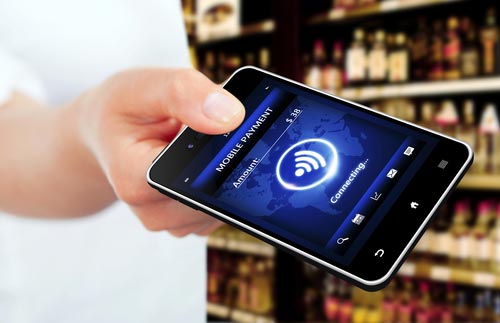Without denying that credit cards are very popular nowadays, a recent report issued by Target Corp. brought up the vulnerabilities and risks plastic money fans face when selecting this method of payment. To avoid becoming a victim of credit card or identity theft next time you want to shop online, consider using the following safe and encrypted types of digital transactions.
Tokenization
Tokenization refers to the process of replacing sensitive information with a unique symbol or token generated randomly. The replacement ensures that the data cannot be transmitted to a third party via any means and cannot be stored in an unsecure format. Merchants using tokenization should be aware that the effectiveness of the payment methods is directly dependant on them having a universal standard that supports technology across multiple providers. Otherwise, the process would have a negative impact on the customers.
The most noteworthy advantage of tokenization is that it protects the cardholder at many points during a transaction and particularly, post-authorization when there’s a risk of recurring transactions. In addition, it features a cryptogram that helps the provider decide whether to allow a de-tokenization attempt and reveal card data. Perhaps this is the reason why 22 of the world’s greatest banks are pushing for the adoption of this type of payment in the US.
The mobile wallet
As the name suggests, the mobile wallet represents a payment tool that permits you to transfer money and receive payments securely from your mobile phone. Because it can be used from remote locations, it encrypts the data and features memory and password protection, there’s no doubt that the mobile wallet is considerably safer than carrying a real wallet around. While there’s still a lot of work to be done, the technology is very promising and experts even state that the mobile wallet will be able to keep IDs, documents and transit passes in the near future.
The biggest benefit of the mobile wallet is that the charges used for processing a payment are significantly lower compared to traditional transaction fees. Furthermore, the digital payment method helps reduce the complexity of redeeming loyalty points at POS stations. Lastly, they permit you to unlock a prepaid credit card for payments made at a particular location automatically.
EMVs
Also known as the Europay, Mastercard-Visa, the latest method of payment employed in the European countries will become available in the US in October 2015. The main difference between an EMV and a credit card is that the former features a microprocessor chip instead of the magnetic stripe. The role of the chip is to store data in dynamic ways, thus making it increasingly difficult to obtain the cardholder’s information. Moreover, they feature a transaction-unique seal that can also protect sensitive data in offline environments, thus preventing anyone from using your card for fraudulent payments.
The problem however, is that the EMVs are not necessarily perceived as the panacea many assume it to be. In fact, let’s not forget that these cards have been designed and created before the rise of the online commerce, and the age of smartphones and tablets.
